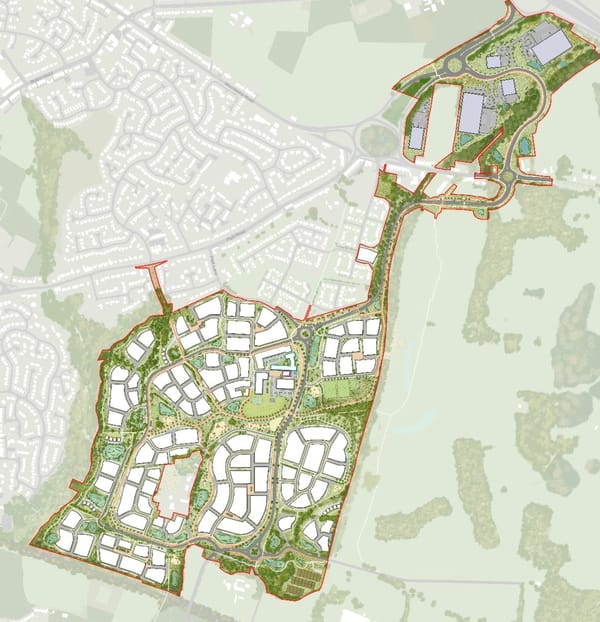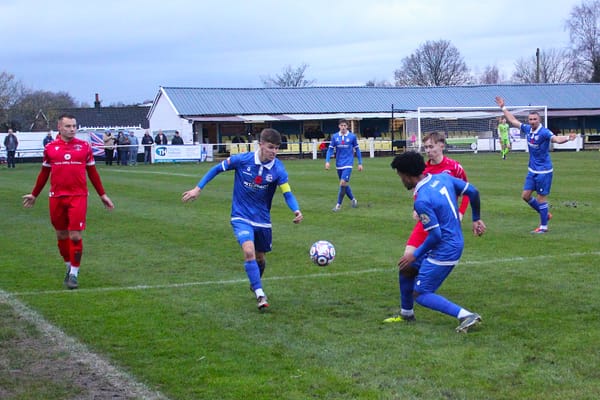Celebrating 100 years of Leigh Spinners Mill
Leigh Spinners Mill is home a theatre, cinema, art gallery, photography studios and even a computer museum

Leigh Spinners Mill marked its centenary on Saturday 7 June with an open day and makers’ market that spilled across its five floors. Today, the red-brick complex on Park Lane houses over 70 local businesses—among them Leigh’s only remaining cinema, a theatre, art and photography studios, sports and music facilities, and a computer museum. Yet a century ago this site was at the cutting edge of global industry, spinning the cotton that powered Britain’s economy.
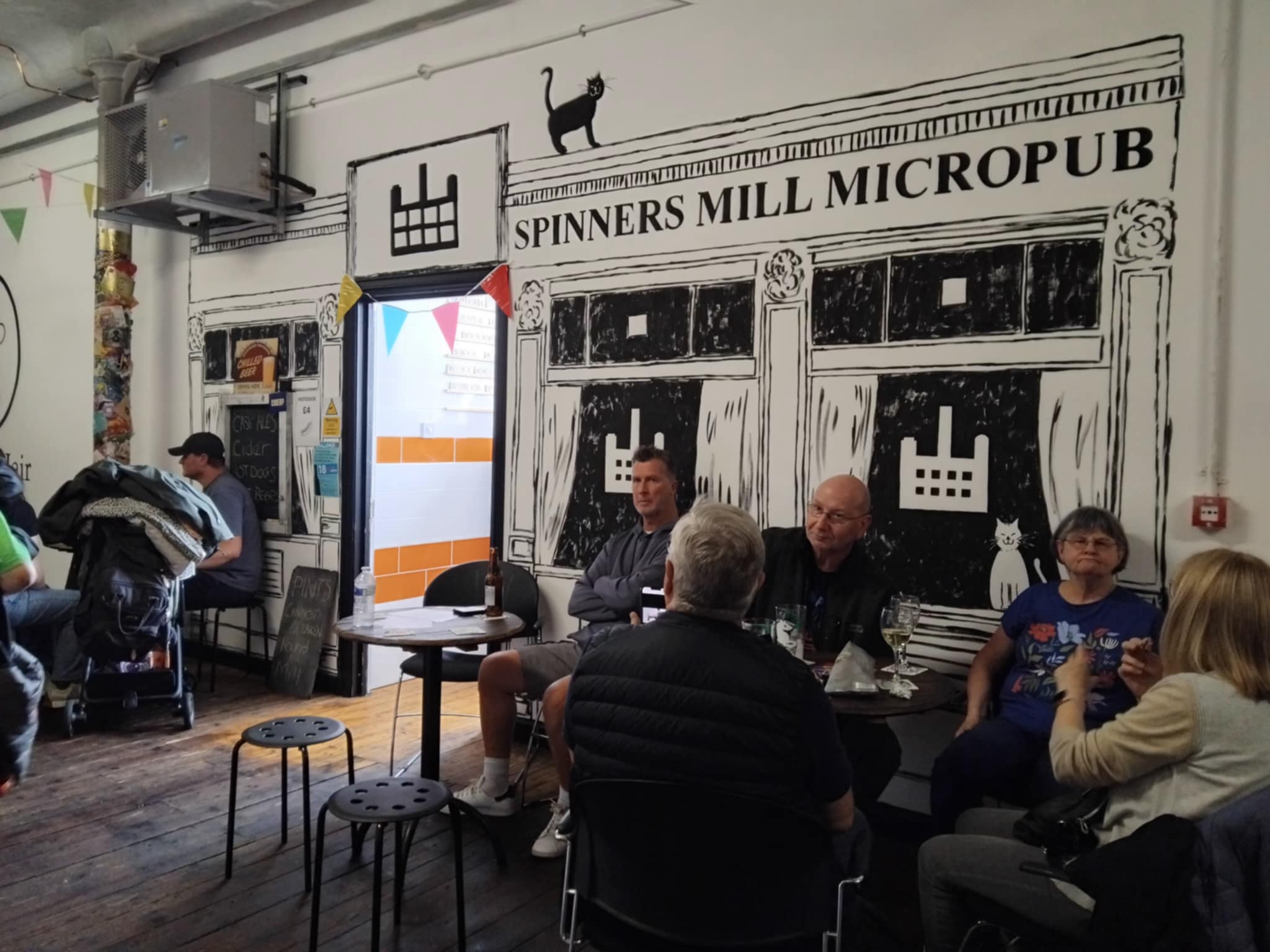
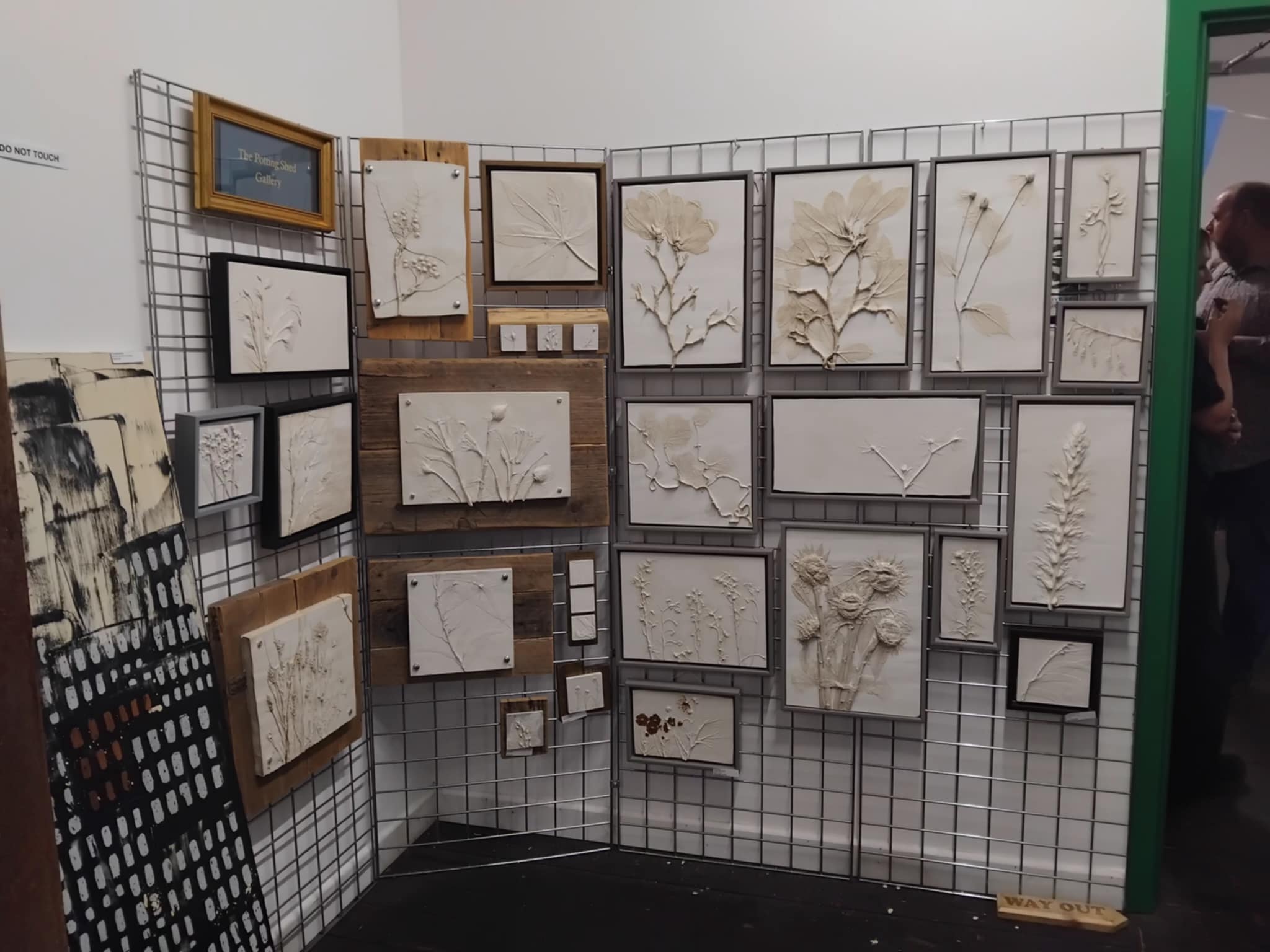

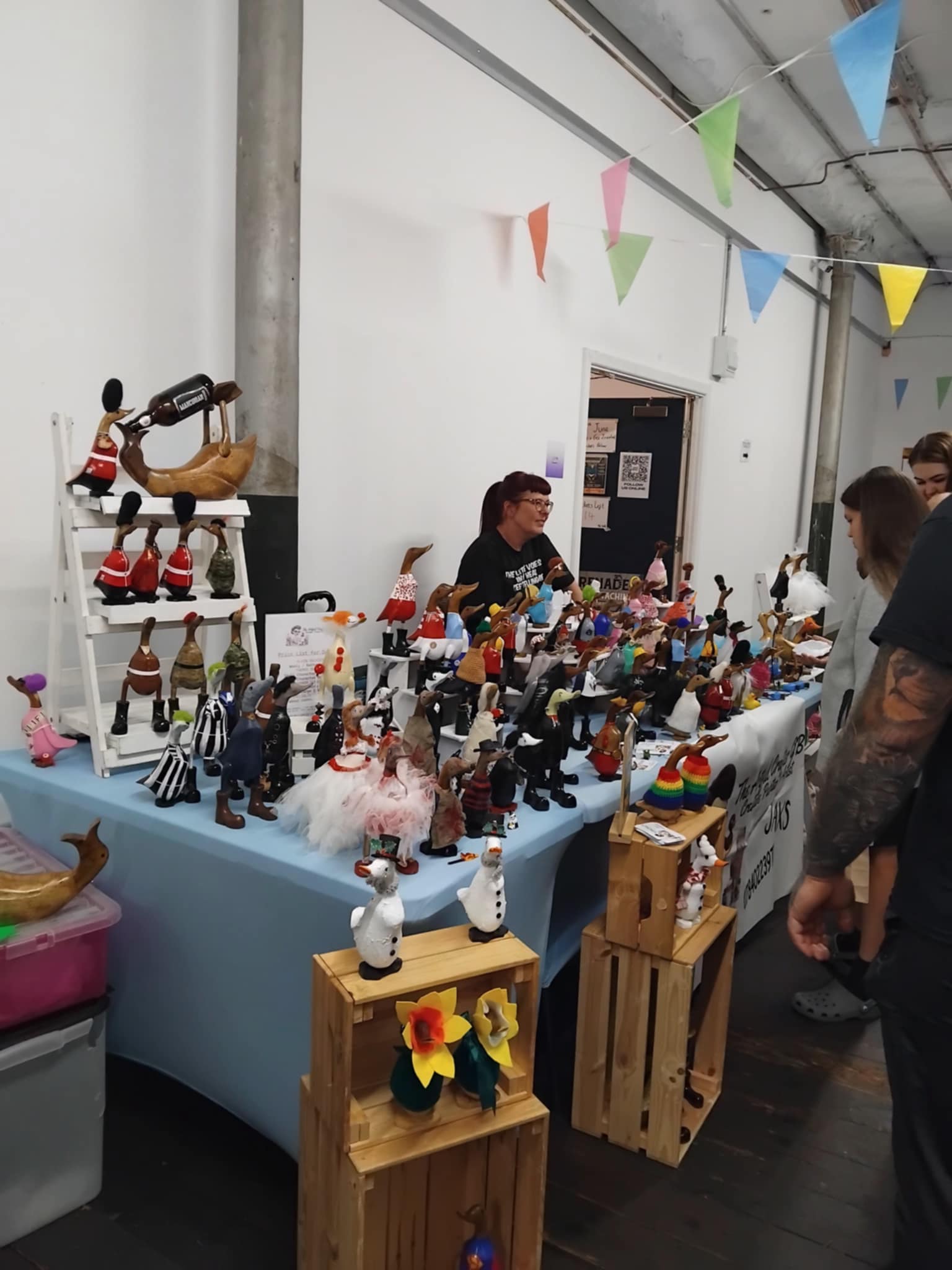
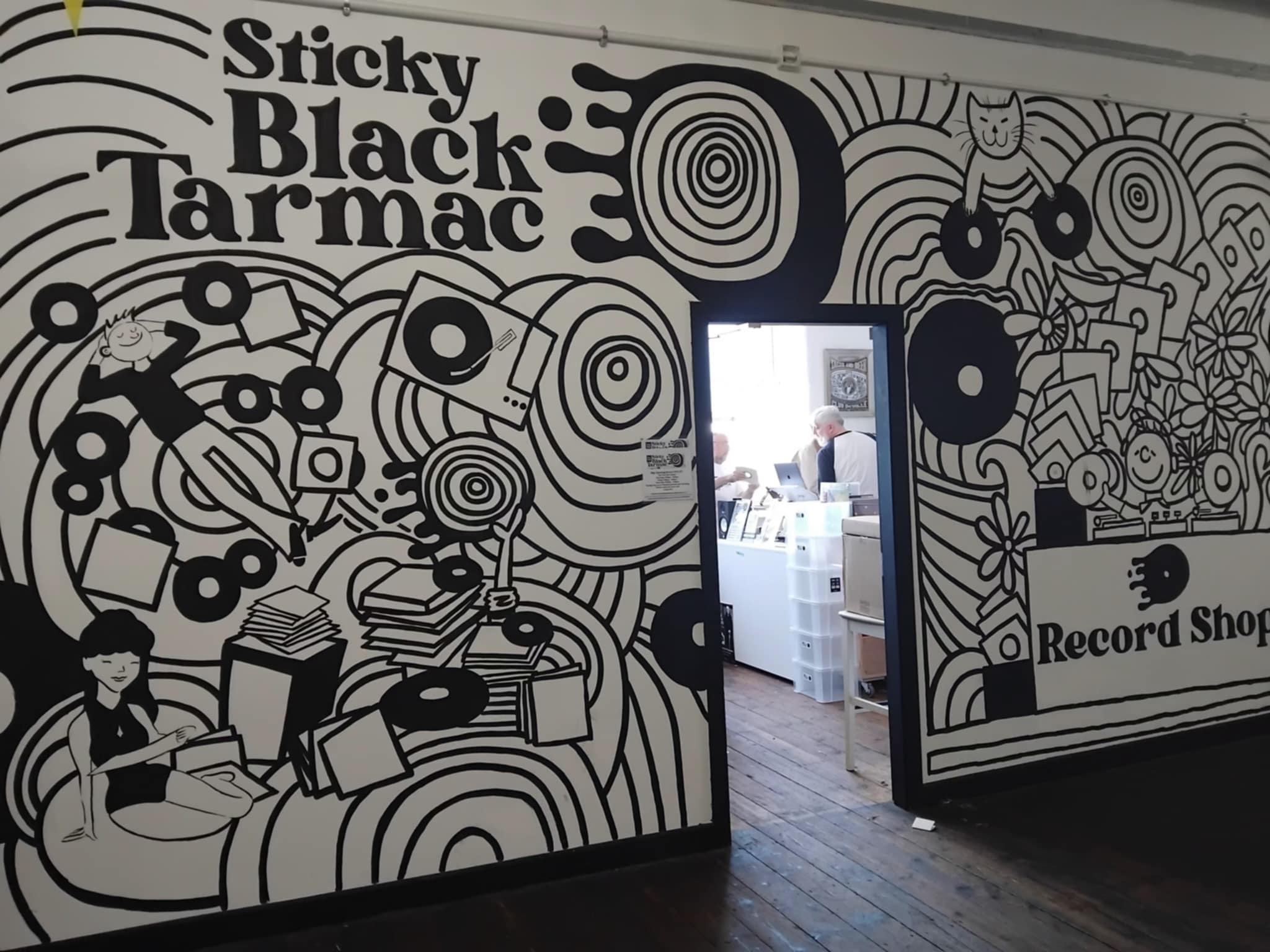

Origins in the age of cotton
Designed by Bolton architects Bradshaw, Gass & Hope for the Horrocks Company, Leigh Spinners was built in two phases. The first block—complete with boiler house, engine house and its towering chimney—rose between 1913 and 1915. A decade later, after the First World War, the matching western block was added, making it one of Britain’s few intact double mills. At its peak the mill ran more than 200,000 mule spindles and 4,800 ring spindles, all driven by a Yates & Thom compound engine housed deep within its walls.
Leigh itself had thrived as a coal-mining centre since the 18th century, but it was cotton spinning that reshaped the town’s fortunes in the late Victorian and Edwardian eras. Employing nearly 800 people at its height, the mill offered workers a canteen, showers and even playing fields—amenities that were rare in heavy industry at the time.
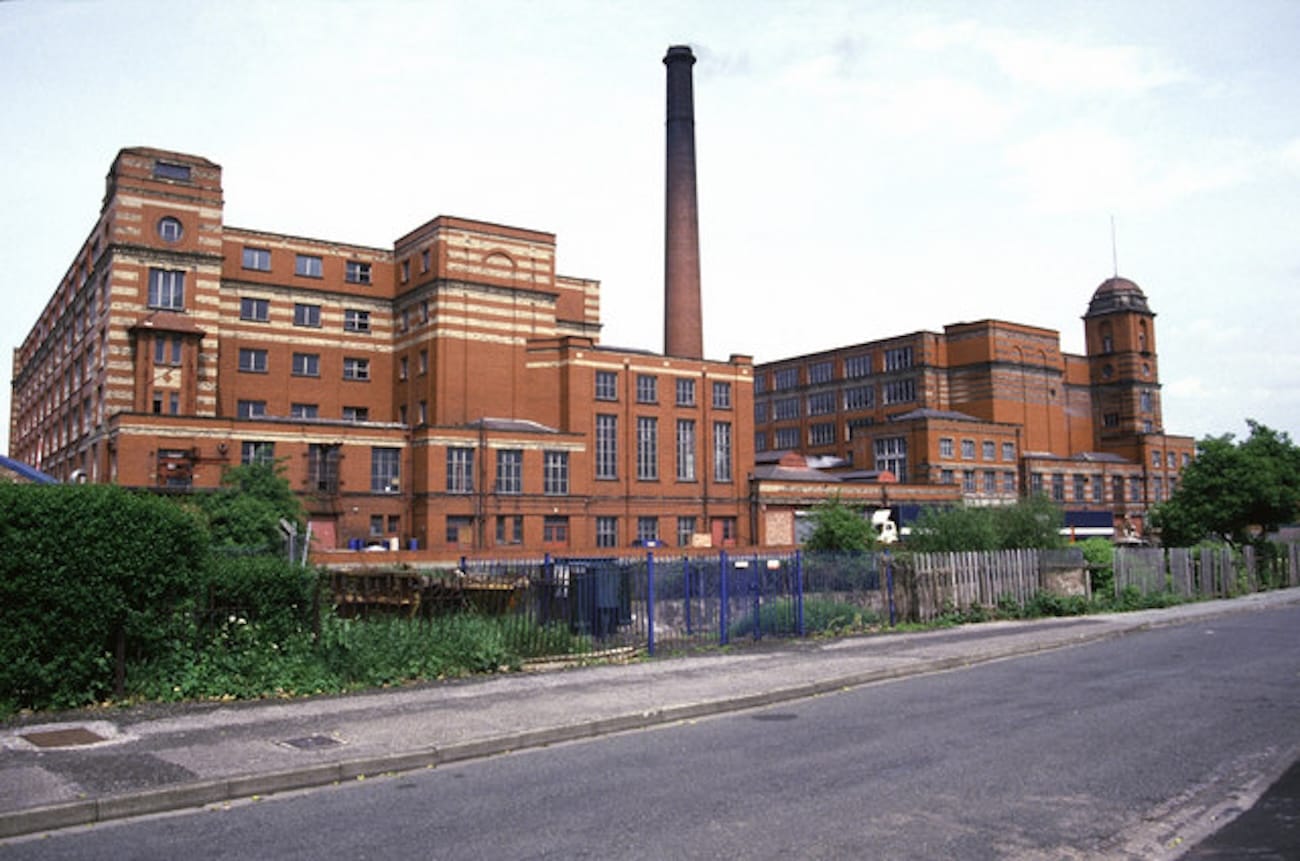
From cotton powerhouse to community hub
As the British textile industry contracted in the mid-20th century, Leigh Spinners shifted from yarn to carpets. Leigh Spinners Ltd moved in in 1969, manufacturing carpets until the turn of the millennium, then adding synthetic turf production in 2012. But by the 1980s much of the building stood empty and at risk of decay.
In response, the Leigh Building Preservation Trust (LBPT) was formed to rescue the steam engine and restore the complex. A £75,000 grant in 2013 helped repair the engine house, and in 2018 volunteers turned the engine for the first time in decades. Roof repairs on the younger mill block paved the way for new floors of activity: table tennis, martial arts, archery and a gym opened with Sport England funding, and further levels now house music studios, art spaces and heritage displays.
In October 2020 LBPT appointed former MP Jo Platt as general manager to steer the project forward, and a year later the site benefited from the government’s Culture Recovery Fund, securing its future as a community asset.
A living heritage in 2025
Today, the heritage centre on the first floor weaves together oral histories, photographs and machinery to tell the story of Leigh’s industrial rise and reinvention. Visitors can trace the journey from raw cotton bales arriving by canal to the hum of spindles and looms that defined a generation.
The centenary open day offered more than a history lesson. Artisan stalls adorned each floor, live entertainment filled the yard, and even Star Wars characters wandered the galleries. As visitors streamed through the lofty weaving floors, the sense of community that saved the mill was on full display.


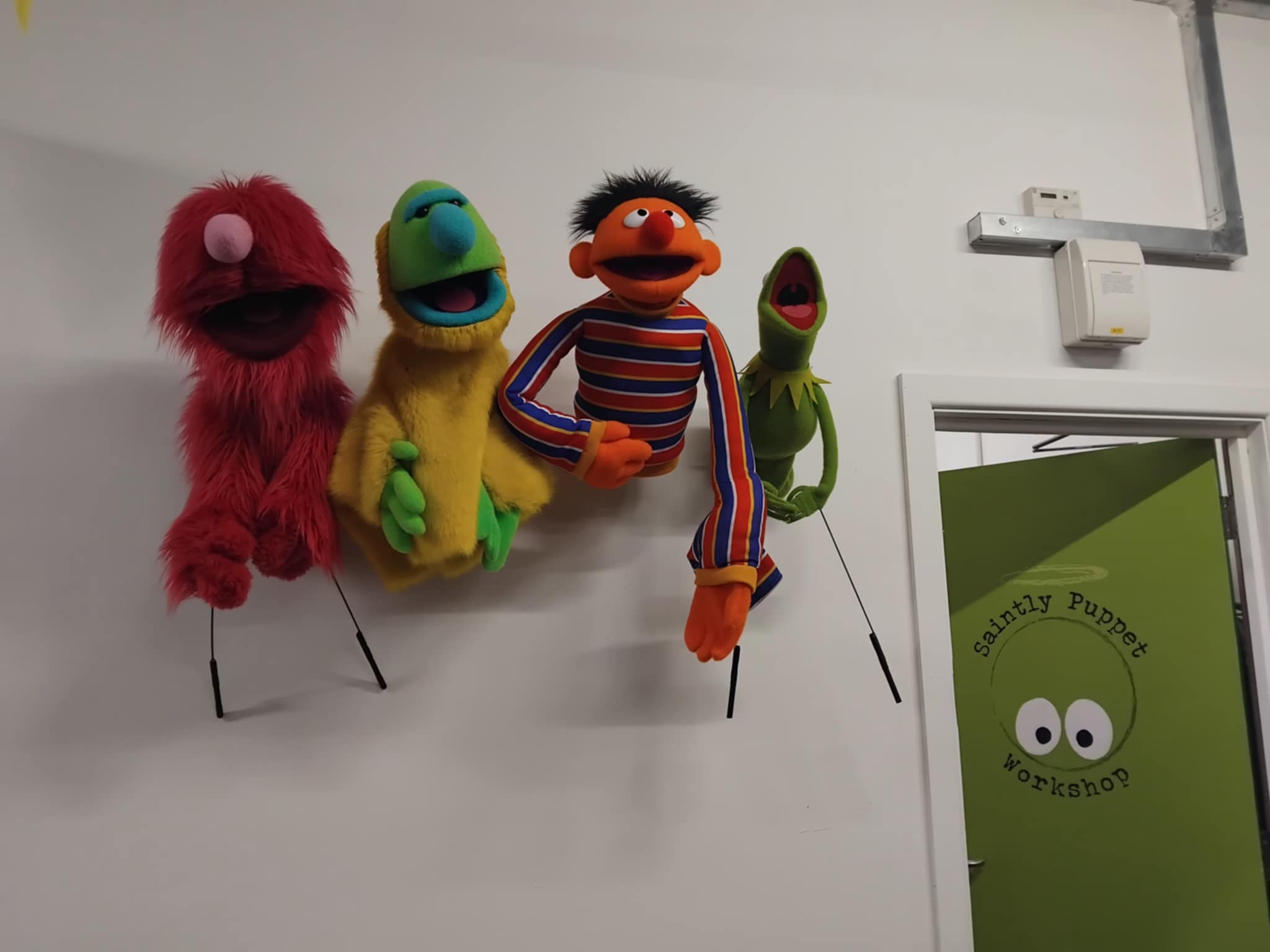
The next open event takes place on 2 August, and entry is free. Whether you’re keen to explore industrial archaeology or pick up a one-off craft piece, Leigh Spinners Mill remains a testament to what a community can achieve when it honours its past and builds toward the future.
For more information and regular updates, visit the Leigh Spinners Mill website.



